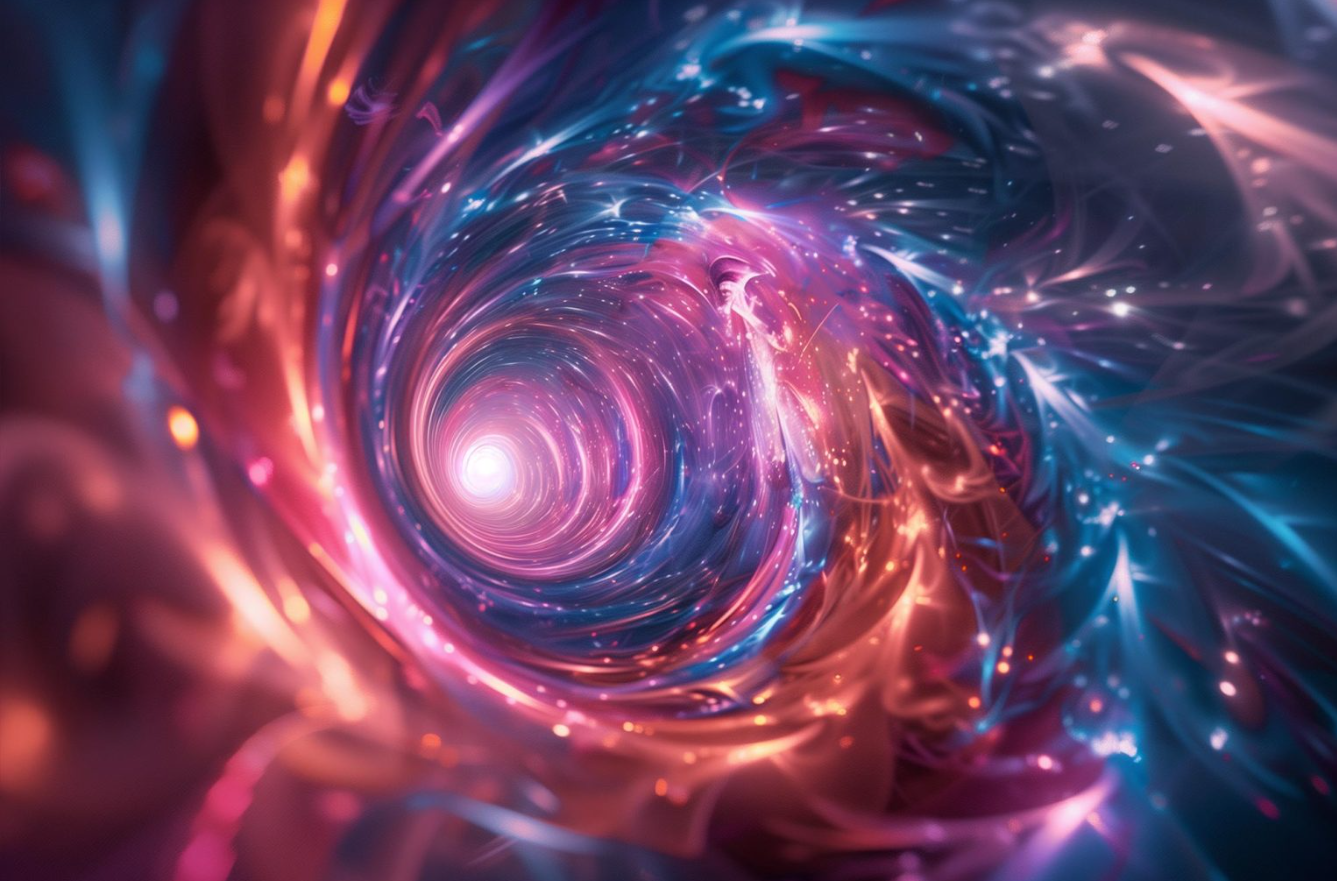Above: Einstein's big mistake was that. He believed that the information could vanish. Information is one energy form. And material and energy are together. The law of indestructibility of matter determines that energy and material cannot just vanish. Wave-particle duality means that the energy can transform into material. And the material can transform into energy. The energy or wave movement can turn to some other wave movement if there is something, that can change the wavelength of the radiation. That means it's theoretically possible to turn gravity waves into some other wave movements by adjusting those wave's wavelengths.
This is one of the most interesting things in history. Many brilliant scientists, including Albert Einstein, refused to believe that black holes could exist. The black holes were proven when researchers found a supermassive black hole in the Milky Way's core. And then. Those ultimate objects found quite a usual phenomenon. When researchers noticed all galaxies are the supermassive black hole's transition disks. One of the reasons why black holes seem very unusual thing is this.
When light falls into a black hole, the object's escaping velocity must be higher than the speed of light. That thing fought against the Theory of Special Relativity. If the escaping velocity is higher than the speed of light. That means objects drop into a black hole faster than the speed of light. And the cornerstone in the Theory of Special Relativity is this. Nothing can travel faster than the speed of light.
The classical error that Einstein made is that he believed that material and radiation disappear in the black hole. The black hole cannot destroy information. Information itself cannot vanish, but a black hole can change its form into something else. Or it can push information into the fourth dimension, where the difference between particles inside the black hole and their environment's energy levels is so high, that those particles cannot exchange information between them and 3D particles. Or the black holes store information in themselves.
In the time of Albert Einstein researchers believed that the universe was straight. And that caused an effect, where nothing cannot travel faster than a photon. Today we know that there is no straight universe. Around every single particle is the hole. And the pothole that travels forward of the particle pulls it behind it. That energy pothole is the graviton.
The gravitation might have field- and particle-interaction forms. In the first case, an electromagnetic shadow in the particle pulls a quantum field into it. In particle-affecting form, gravitational radiation forms the structure in the Higgs field that pushes particles to the gravitational center.
When Einstein lived, there were no quasiparticles. Those things could help to make models about gravity waves. During Einstein's lifetime, there were no gravity waves either. Those waves could tell that gravity is radiation. The energy shadow in material pulls quantum fields into them. And another thing is that gravitation is radiation. If we take that thing as the model the radiation that reflects from the particle forms the pothole at the front of it. Then the energy back from the particle pushes it forward.
So could gravitational radiation form the quasiparticle in other particles? That thing means that gravitation can affect through fields and between particles. This means that we might have two gravitations. The field-effective and particle-effective versions might seem the same. But those gravitational models are different.
https://www.bbc.co.uk/future/article/20240619-why-albert-einstein-rejected-black-holes-singularities-illustrated-story






































